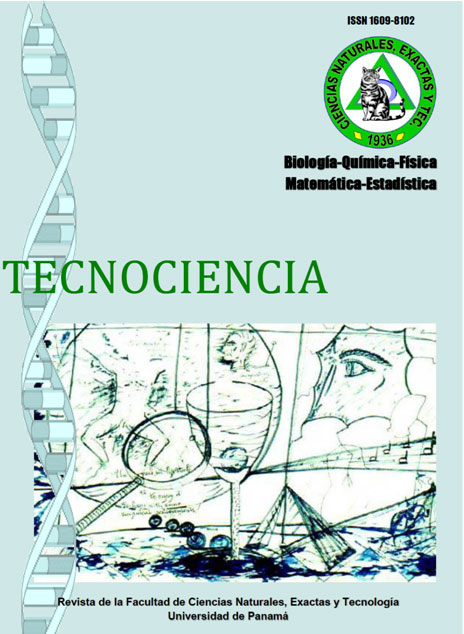

A total of 23 E. acanthistius gonads were collected between September 2009 and February 2010 during monthly trips to the Coiba National Park. Gonads removed from the groupers were measured to be macroscopically assigned to a level of maturity. They were fixed for 24 hours in FAAC solution. The middle section of the right lobe of each gonad was dehydrated and embedded in paraffin. 3 ?m thick microtome slices were stained with hematoxylin and eosin and examined under a light microscope. We identified nine testes and 14 ovaries. The gonads were bilobed bodies and varied in shape, size, and weight according to their degree of maturity. The smaller ones were elongated and flacid, while the mature ones were globular, compacted, and with abundant blood irrigation. The ovaries showed polyhedral oocytes. Macroscopic examination of testis revealed nine gonads under development. Six female gonads were under development, four developed, and four in mature state. Ontogenetically all males were classified as complete, while females were classified as mature. Mature females were further classified as: resting mature (six gonads), advanced resting mature (four gonads), and mature (four gonads). E. acanthistius is a protogynus species (all fish begin as females and males develop from females that have changed sexes). Microscopic analysis of the females showed three stages of development: mature inactive, advanced mature inactive, and mature active. It was identified five phases in the oocyte developmental cycle: chromatin nucleolus, peri-nucleolus, yolk vesicles, yolk globules, and migratory nucleus. Also, three mechanisms for oocyte reabsorption: fragmented pre-vitellogenic oocytes, atresia, and yellow bodies were recognized. These three mechanisms were found on females, while males showed only yellow bodies.